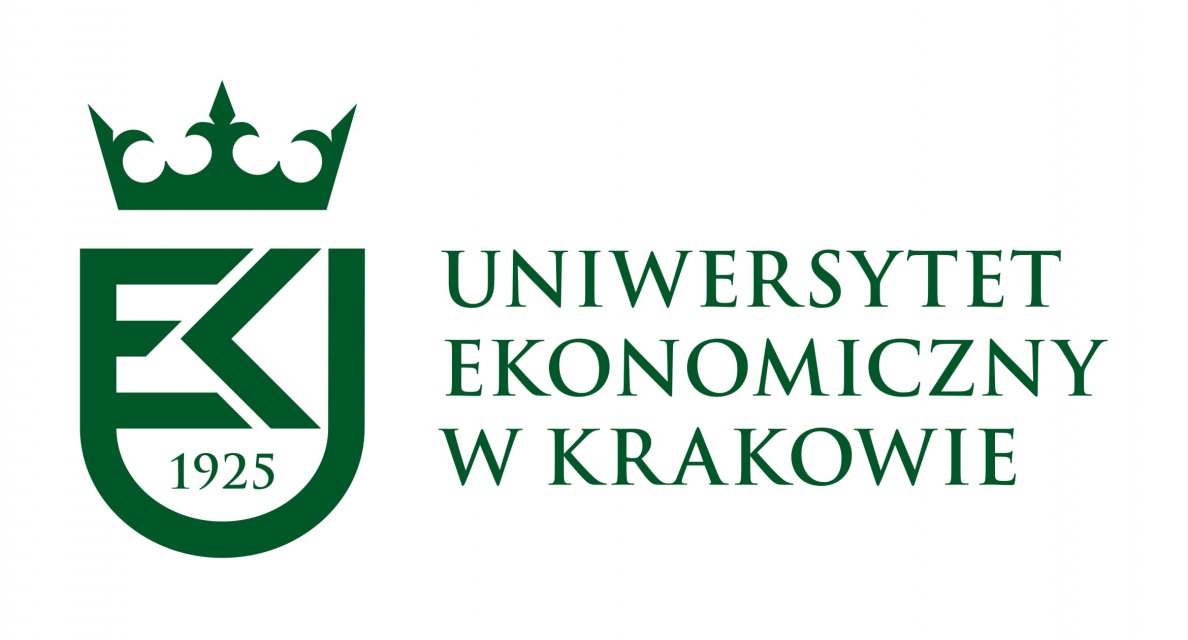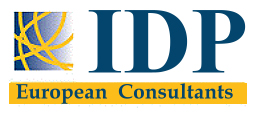Test Yourself! 
Description:
The Business model is the basis for the operation of most companies. Every company bases its operations to a greater or lesser extent on a business model. Every business activity should have a specific purpose. Analysing the period of the Covid-19 pandemic and planning for the future, one will come to the conclusion that many assumptions about the nature of business have lost their rightness. The pandemic revealed vulnerabilities in many dimensions. It has affected healthcare, education, transport, business, commerce, technology, the financial sector and social systems, forcing a review of basic assumptions and the principles, processes and technologies that support them.
Reducing risk, however, is only half the battle. We still need to develop business models that are not only resilient to disruption, but also enable to get innovation started and to take advantage of value. To achieve this, we also need to use the experience gained to shape new markets, new product and service offerings, new revenue streams and, most importantly, new value for a connected world after the COVID-19 pandemic.
The structure of an organization is a way of formally defining the relationships and dependencies between its participants, it is a very broad concept. There are many types of it distinguished by different criteria.
It is important to understand that there will be no 'new normality'. Instead of this, we get the opportunity to analyse these sensitive areas in current business models with this experience in mind and use the new knowledge to build more modern and resilient organizations
The biggest challenge of digitization is the first obstacle to overcome: early implementation. Companies should realize the added value and opportunities that digitization brings.
Keywords
Business models, flexible organizational structure, new technologies, digitization strategy
Bibliography
Cybersecurity Strategy of the Republic of Poland for 2019-2024) https://www.gov.pl/web/cyfryzacja/strategia-cyberbezpieczenstwa-rzeczypospolitej-polskiej-na-lata-2019-2024
Organizational structure - Encyclopedia of Management – https://mfiles.pl/pl/index.php/Struktura_organizacyjna
What is a business model and what are the elements of a business model? - https://harbingers.io/blog/model-biznesowy-co-to-jest
Digital Strategy: What are the challenges of digitalisation? - https://blog.item24.com/pl/cyfryzacja-w-budowie-maszyn/strategia-cyfrowa-na-czym-polegaja-wyzwania-cyfryzacji/
Digital Strategy: What are the challenges of digitalisation? - https://www.gov.pl/web/cyfryzacja/ai
Susan Etlinger, Creating a Culture of Business Model Innovation: Five Lessons from a Year of Change, Altimeter 1 marca Susan Etlinger - https://damassets.autodesk.net/content/dam/autodesk/www/pdfs/altimeter-2021-building-a-culture-of-business-model-innovation-pl.pdf
Gray, Mary L. „COVID-19 Unraveled the Workforce: Here’s How to Fix It”. TED2020. 6 lipca 2020 r. (https://www.ted.com/talks/mary_l_gray_covid_19_unraveled_the_workforce_here_s_how_to_fix_it).
Etlinger, Susan. The future is a distributed environment. Customer and employee relationships in the digital age, Altimeter 15 stycznia 2021 -
https://damassets.autodesk.net/content/dam/autodesk/draftr/13470/altimeter_2020_strategies_for_resilience_in_disruptive_times_v5.0_pl.pdf
REPORT: The impact of the pandemic on the prospects for women's professional development in business - https://www2.deloitte.com/pl/pl/pages/kobiety-w-biznesie/articles/raport-wplyw-pandemii-na-perspektywy-rozwoju-zawodowego-kobiet-w-biznesie.html

 Play Audio
Play Audio 














